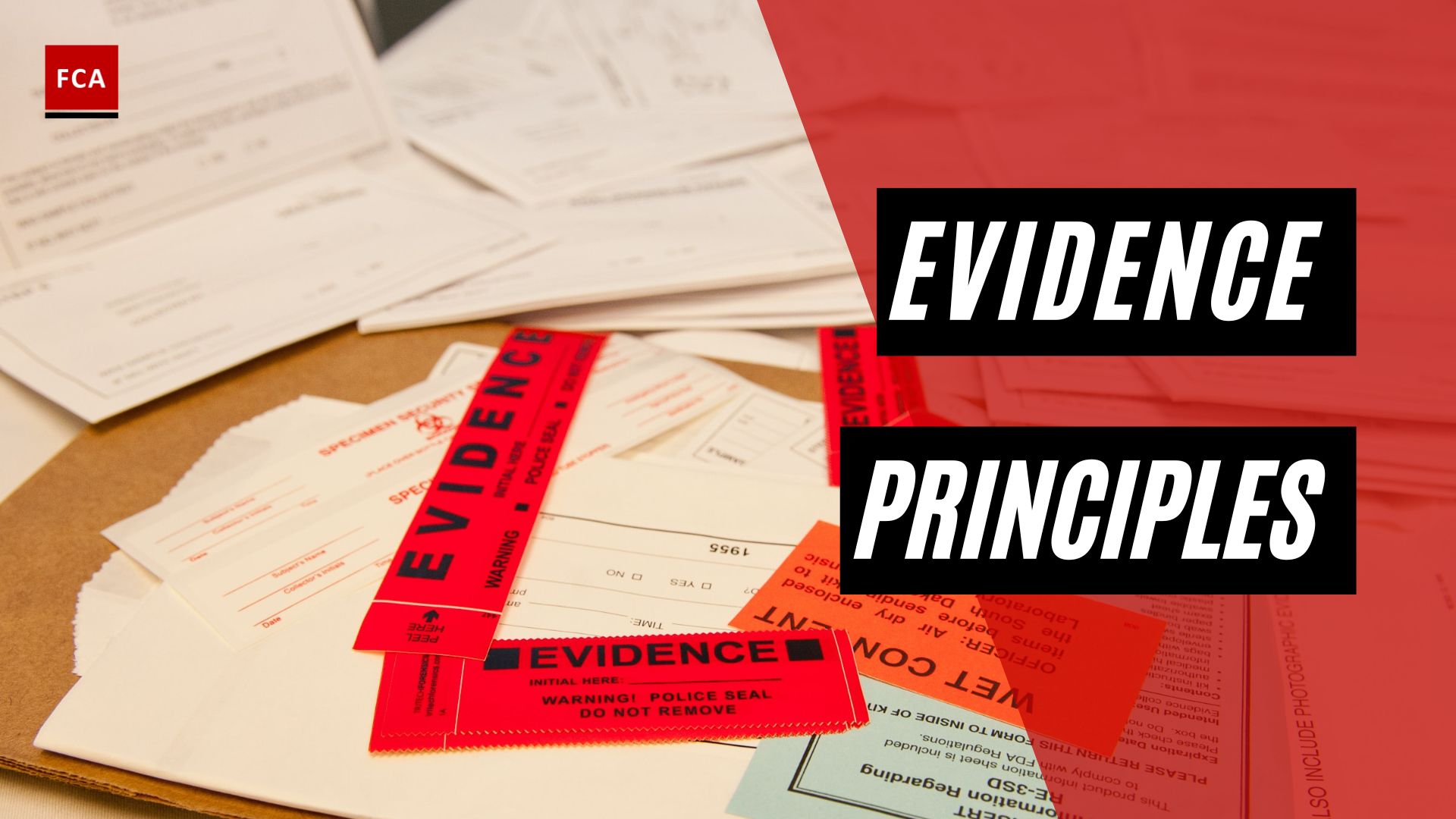Listening and observing in an interview. Active listening is much more than concentrating, and it should be ensured that interviewers are actively listening at all times during an interview. This involves thinking about what the person is telling, whether it is logical and makes sense and whether there is a “backstory” to explain what happened. Active listening also involves showing interest in what the speaker has to say and asking questions to clarify, gather information, and focus the conversation.

Listening And Observing In An Interview
An active listener will also be carefully observing the witness’s body language and physical activity. Everyone uses body language to express their feelings and emotions. Changes in body movement and expressions in response to certain questions provide meaningful clues. Most people under stress are not aware of their reactions. Using such observations help in formulating questions and gathering information on witness’ credibility.
Verbal responses include both spoken words and gestures that serve as word substitutes, such as nodding the head to indicate yes or shaking the head to indicate no. Also within the category of verbal responses are such vocal characteristics as tone, speed, pitch, and clarity.
The careful listener considers not only the words themselves but also the interviewee’s timing and emphasis. The normally socialized individual does not enjoy lying; deception leads to a conflict that results in anxiety and stress. A suspect who offers an evasive answer or an objection in response to a direct question does so because of an attempt to avoid the internal anxiety associated with outright denial.
Nonverbal responses include body movements and position changes, gestures, facial expressions, and eye contact. Nonverbal behavior is internally motivated to reduce anxiety. Whether through distraction (such as shifts in body posture, bringing a hand to the face, or crossing the arms) or displacement behavior (such as picking the lint off clothing, pacing, or repetitious fast movement), all nonverbal behavior that accompanies a deceptive response emanates from a guilty suspect’s efforts to relieve anxiety.

Why Interviewing Starts With Good Listening And Observation
Listening and observing will provide clues during the interview and will help you adjust your communication when you notice you may need to explain something further or address a potential concern you may have raised unintentionally.
Some easy things to do to begin mastering the art of listening include the following:
- Begin to pay attention to body language – What kinds of body language do people exhibit when they are engaged, frustrated, intrigued, and so on? There will be some consistent patterns that you will notice, and if you can read these patterns in an interview, they will provide clues as to how you are doing and how you may need to adjust or adapt.
- Begin paying attention to speech patterns – Just as body language reveals a person’s mood, speech patterns do as well. How do people express themselves when they are concerned, excited, worried, and so on.
- Pay attention to facial expressions – A person’s face can reveal a lot about how they are feeling. To begin understanding patterns, pay close attention to this when speaking with people on a daily basis. What does it mean when someone squints, scowls, smiles, raises an eyebrow, or does something else.
Final Thoughts
The best interviewers are those who know themselves inside and out and can confidently discuss their own behaviors, attitudes, goals, strengths, and weaknesses with an employer. Interviewers, on the other hand, must be excellent communicators. When I tell people this, they immediately assume that I mean they must be able to speak well in an interview, because that is what you do in an interview, right? That is not the case.








